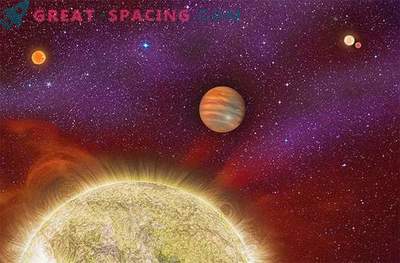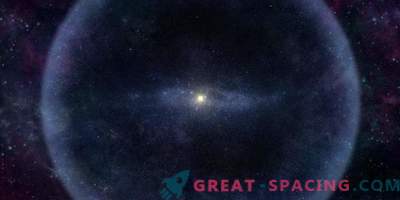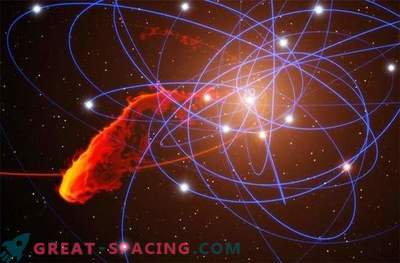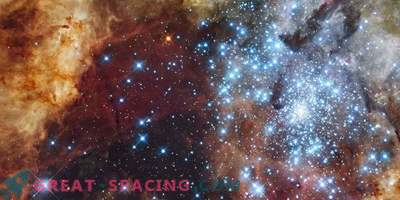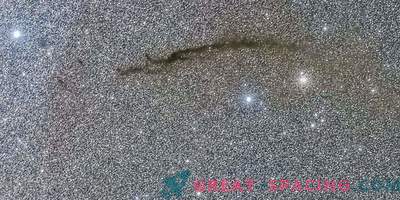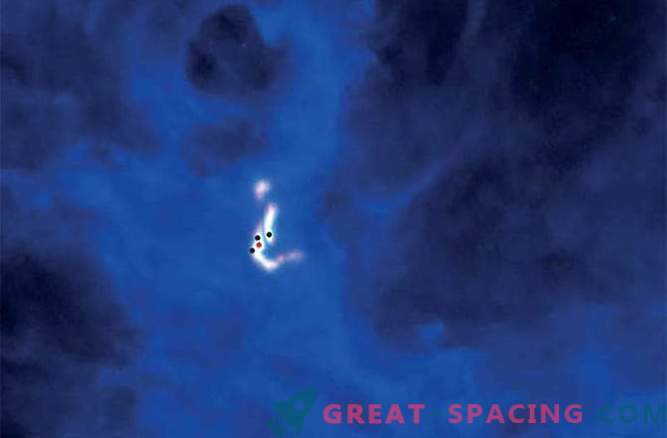
New observations of the star-forming nebula helped us discover four star embryos, showing us how several star systems can develop.
Most stars in our galaxy have one, two, or even three star partners, but our sun is a loner. This fact poses an interesting question: if our star is one and contains such a rich multiplanetary system, how do planetary systems evolve in binary, triple or quadruple star systems?
In a new study published in Nature this week, Alyssa Goodman, a professor of astronomy at the Harvard-Smithsonian Center for Astrophysics, announces the discovery of four embryonic stars located 825 light years from Earth. Protostars formed in the molecular cloud located in the constellation Perseus.
One of the biggest mysteries in the understanding of star systems is the evolution of multiple star systems, how are they spawned from a star cradle, like twin brothers or from different places, in order to become gravitationally captured? According to theoretical models, both ideas are viable.
Studying the radio emission of this molecular cloud, the Goodman team found several filamentary gas structures in which four concentrated bunches were located.
The researchers believe that this concentration of gases, which is two to three times more massive than the protostars we know, collapses under mutual gravity. In other words, the star four will coalesce and form four newborn stars in about 40,000 years. On a cosmic time scale, this starry uterus is on the verge of giving birth. The most interesting thing is the scale of the regions. The system has a width of only 10,000 astronomical units (AE), where 1 a. e. is the distance between the Earth and the Sun. For a better understanding of scale, all these four stellar embryos could easily be placed within our solar system, where the outer boundary would be the Oort Cloud, a hypothetical region containing billions of cometary nuclei. The outer boundary of the Oort Cloud is 20,000 am. e. from the sun.
Their proximity means that all four stars interact gravitationally and the velocity measurements have confirmed this.
As Goodman noted, it is highly likely that in the process of evolution of the system, one or more stars can become gravitationally unstable and bounce off the main group. But if the stellar four can become gravitationally coupled, this will help scientists refine star models with several partner stars and explore how gravitational interactions will influence the formation of a planetary system.
